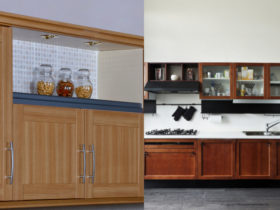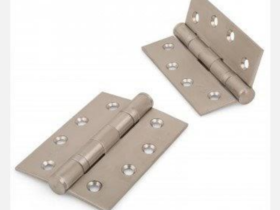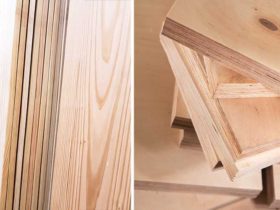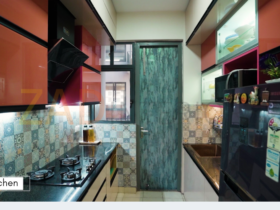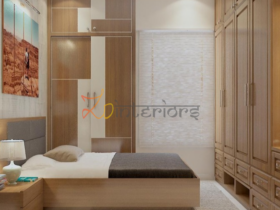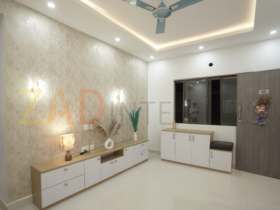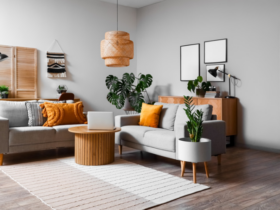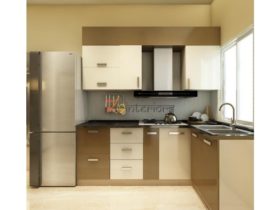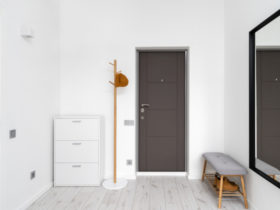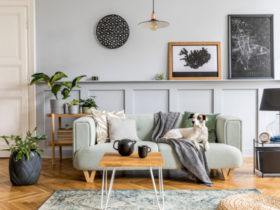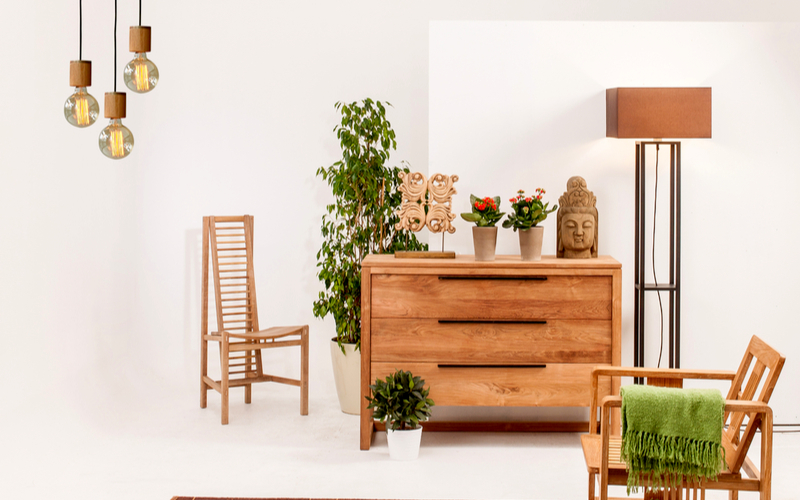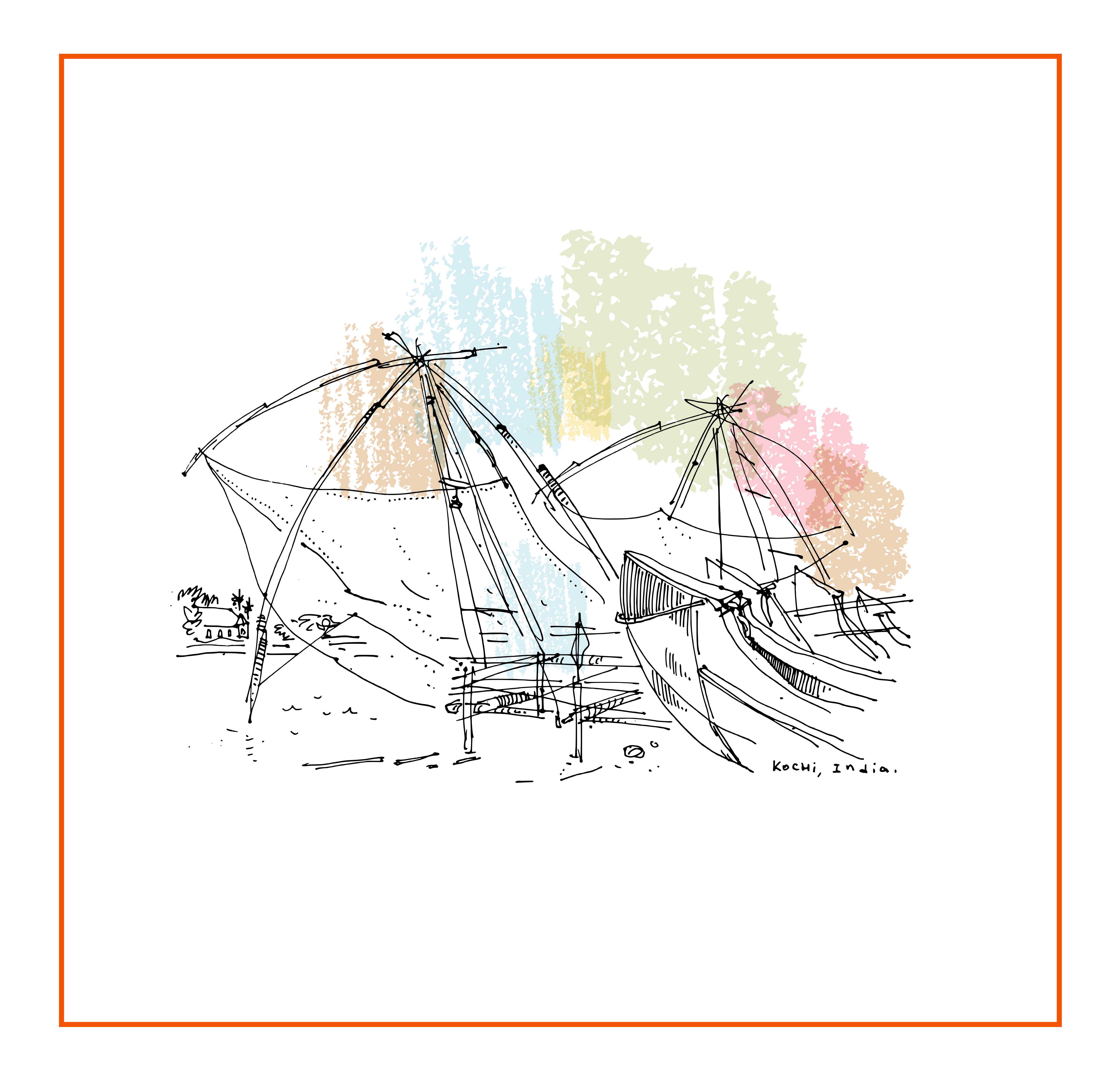Table of Contents
DreAdvantages and Disadvantages of Wooden Furniture
There is no area in the household that does not suit the richness, comfort, finesse and warmth of wooden furniture. The advantages of wooden furniture in a home are innumerable. Mostly, wood offers a combination of peerless structural integrity and aesthetic appeal that other materials cannot reflect. Wood can transform the mood of an entire house or a room. This is because it is part of a nature-connected interior design. It creates a welcoming, homely feel in a truly ‘organic’ sense. Besides, wood has been used for furniture construction for many generations, and offers a timeless quality that cannot be replicated. There are some principal ways in which any furniture could benefit from incorporating a wooden touch. Listed below are few of the advantages and disadvantages of wooden furniture.
The Advantages of Wooden Furniture
Strength and Durability
Wood is a robust and long-lasting material. It is also the perfect choice for anyone looking for longevity in their furniture. There is an innate reliability and stability to a well-made wooden desk or chair, irrespective of whether you opt for softwood (celery top pine, pinus radiata or hoop pine) or hardwood (blackwood, Australian oak). The durability of wooden furniture offers excellent value for money. A well-looked-after, solidly made furniture can maintain its value over the years, should you ever want to sell a piece. Wood’s durability also ensures easy maintenance. Polishing, waxing and oiling only need to be done occasionally, and are undemanding in general.
Feel and Look
Whether it is lighter-colored wood or rich darker hues, wood can add a certain charm and dignity to any room. There is boundless potential for design innovation to bring aesthetic allure to a furniture piece when crafted by a skilled artisan. Wooden furniture helps create a sense of the natural world indoors. You may wish to foster a sense of nature in your living space if you live in a high-density apartment block in a city. The perfect way to achieve this is through wood, with the fascinating patterns of fibres and grains and its wide-ranging color spectrum. Wood brings immediate warmth to an otherwise lifeless surrounding.
Sustainability
Wood, when certified and responsibly sourced is an excellent option of sustainability. Therefore, it is an ecologically sound way of furnishing a home. The only renewable building material around is wood that is responsibly sourced. Trees that are harvested for wood are replenished by new growth. Furthermore, the carbon footprint that results from the processing and the production of wood products is drastically lower than that of other building materials. Wood also has the capacity to store carbon, a thing that is crucial in the fight against climate change. Wood is also a sustainable option because it gives you the choice to ‘buy local’ from the specialised artisans of your community. This gives you the opportunity to support the local economy as well as the local timber industry.
Versatility
Wood looks good in almost any setting, unlike any other material. Be it rustic or modern, wooden furniture can be part of any design scheme. The different species will blend together in one room or house. You might want to consider pine for the dresser and red gum or spotted gum for a large dining table. The versatility of wood extends to the outdoors as well. Furniture made of timbers can look wonderful on a veranda or in the garden when treated with oils to withstand exposure to the elements.
Variety
Plenty of variety is available for style and look due to the vast range of tones and colors available. And this is excluding the subtle but noticeable differences between the textures and grains of different cuts and species. There is further variety available beyond the actual material. According to what type of furniture is being constructed, every furniture maker offers a different slant on design along with personal tastes (theirs and yours). When it comes to wooden furniture, there is little uniformity but certainly a lot of scope to get a creative design-wise and ensure a one-of-a-kind piece.
Disadvantages of Wooden Furniture
Wood-destroying Pests
Wood can be destroyed by a variety of pests that are attracted to it. Some common wood-destroying pests are carpenter bees, carpenter ants, termites, powderpost beetles, and wood-devouring fungi. These pests are difficult to identify and quite expensive to eradicate. They can do a great amount of damage that’ll be virtually invisible until it’s too late to repair.
Moisture
Even wood that’s treated to withstand moisture could become susceptible to wet rot and fungus because of moist conditions over time. The best preventive measure in this situation is to simply use a material that doesn’t have this vulnerability, because treating wood moisture issues is expensive. In applications where high moisture is a consideration, nonporous materials and plastics are often used.
Warping
Factors that can make wood warp are age, temperature and environmental humidity. Wood may warp by shrinking, swelling or twisting – depending on the conditions. This means that the choice of wood may reduce functionality in many fine-calculation applications (like around window frames and in doorways) if the environmental conditions do not meet specific requirements.
Burning
Because wood is flammable, it is not the most ideal material to use in applications where fire safety may be a concern. What’s worse is that some kinds of treated wood can emit toxic chemicals like arsenic. This can be fatal in closed spaces.
Durability
While certain varieties of wood in association with different types of wood treatments have enhanced the general durability of wood greatly, there still are many applications for which wood is unsuitable due to durability issues. Synthetic materials and metals are often used in place of wood in cases where material needs to withstand high weight loads, extremely low or high temperatures and high impact. Durability issues have increased the use of alternatives such as plastics in the case of traditionally all-wood applications like fences. The materials in this case can last longer with lesser maintenance and can be formed to give the appearance of wood.

